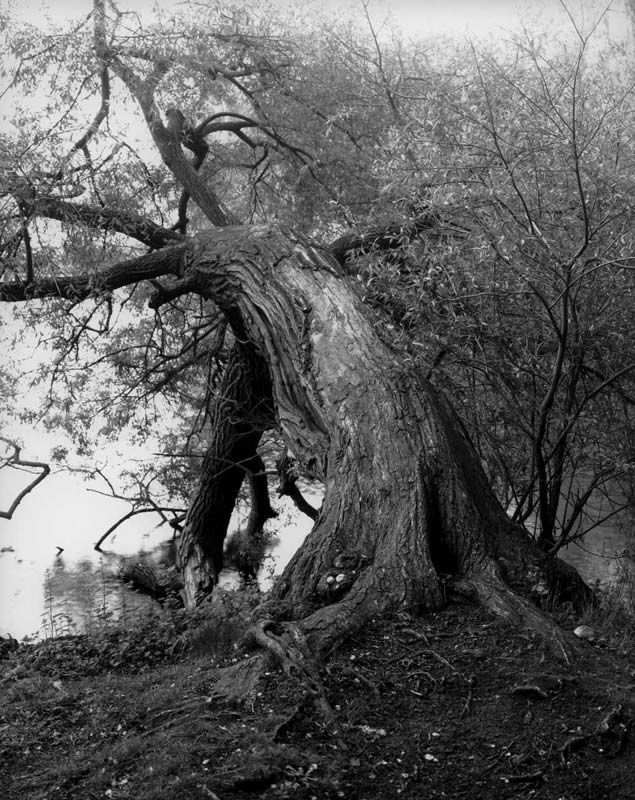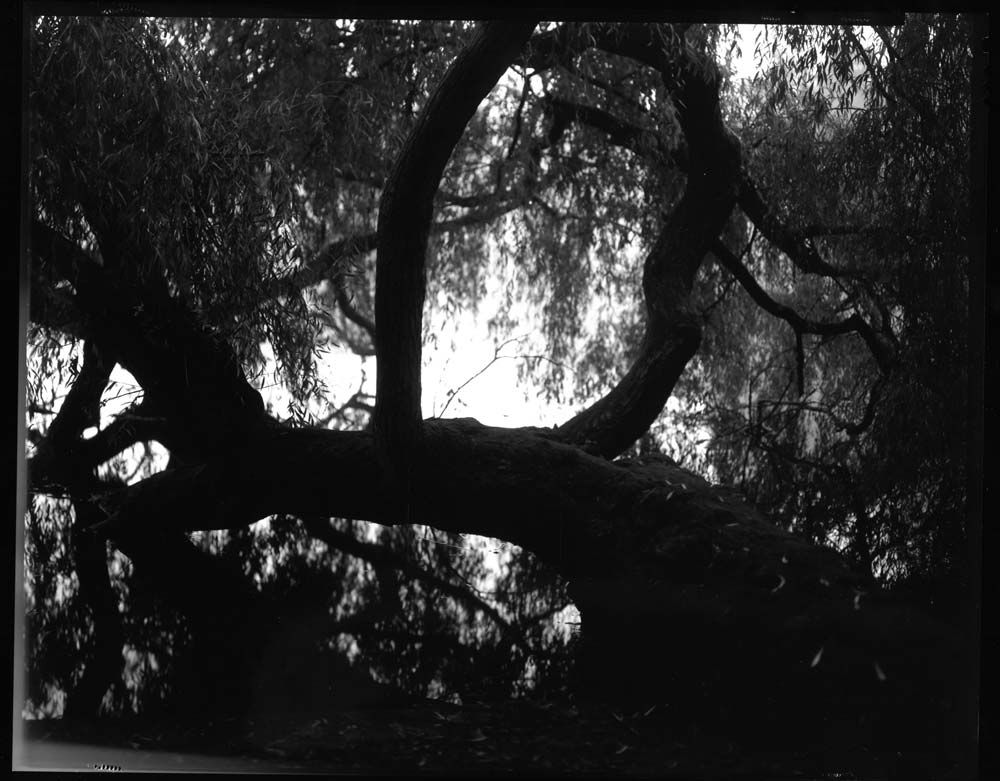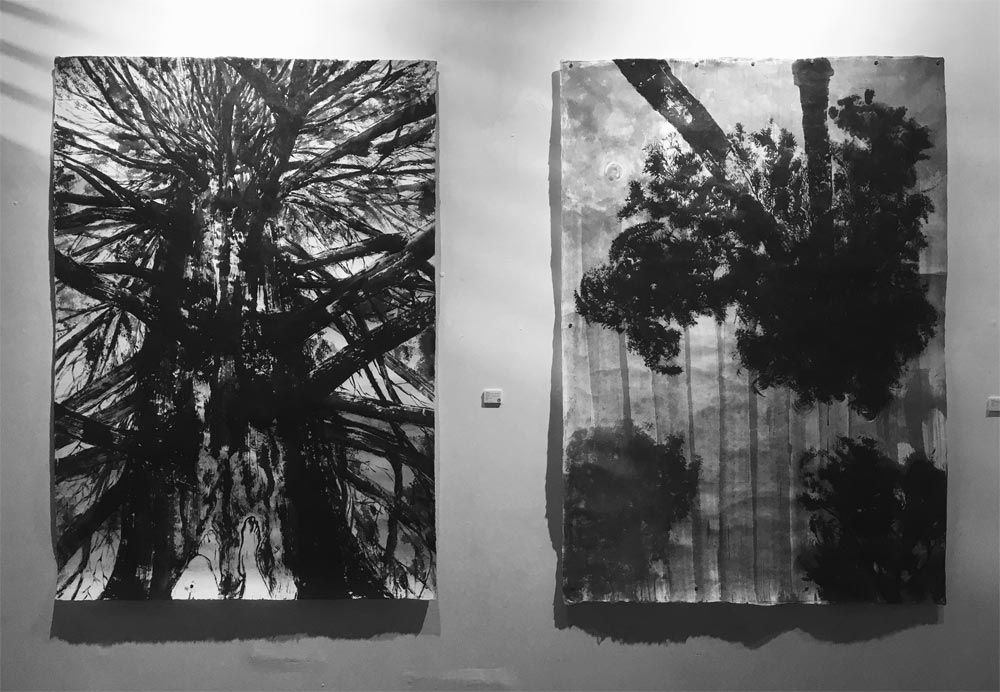As someone with a hyphenated identity, I am frequently asked, “What are you?” People usually want an answer that allows them to categorise me racially. Yet, the question feels more existential.
What am I? A writer. A gossip. A loyal friend. I could go on.
In Franco-Belgian artist Diana Lui’s solo show, I Will Not Give Names to Trees – A Personal Mythology, the artist is on a quest to find a deeper self. Lui, who is of mixed heritage, often describes her life as ‘transient’. While she was born in Malaysia, she first left the country for the United States at age 14. Her first return to Malaysia at age 19 provoked what she referred to as a big identity crisis. One of the ways by which she grounded herself in the wake of that upheaval was through exploring her relationship to nature.
Throughout a life that has included travelling all over the world, being in nature has been one rare constant in Lui’s life. “As a child, I always identified myself with nature in an unconscious way…When you’re in a space like that you forget who you are, and you just become part of everything – and that’s really what I’m looking for. To just forget who I am,” she said. Lui’s deep emotional connection to nature has led her to produce a body of work that subverts our expectations of what an exhibition about trees can be. Rejecting the idea of nature as something that can be acquired or tamed, she finds kinship in the living things that we often take for granted.
Trees and plants take centrestage in the photographs that Lui makes with her signature large 8×10 Korona view camera. Lui describes the process of photographing with her camera as “very meditative… it’s not about chasing or hunting photographs. It’s… sort of welcoming [the scene] into your camera… in fact, the view camera in French is called a chambre, which means room, so it’s like inviting the world into your room.”
The photographs in Lui’s latest solo show resemble portraits rather than landscape photography. There’s a sensuous quality to the trees that Lui has welcomed into her camera. In works such as Tree Bent Over and Night Tree, the angles at which these photographs were shot emphasise the curves of the trees. Humanoid forms emerge from a trunk that extends gracefully to the ground, and curving branches resemble arms.

The titles that the artist gives to her work also reveal the way that she relates to her verdant subjects. In Five Sisters, five slender trees stand intimately in a clearing, their branches extending confidingly towards each other. This work is an example of the way that Lui often feels feminine or masculine energy when interacting with trees. Yet, her understanding of and affinity with trees is not as simple as projecting human qualities onto nature. She has also come across “strange tropical” trees in the Reunion Islands that do not conform to this human-centric lens of viewing trees. “Nature doesn’t give a damn about you!” she says with a chuckle.
Lui’s ancient view camera, which is more than a century old, opens her artistic process to chance and occasional imperfection, as can be seen in works such as Night Tree. An L shaped line of white blooms along the bottom left-hand corner of the photograph. It is the mark of overexposure, the result of a light leak in the camera. Rather than mar the final piece, the sliver of overexposure reminds us of the hand that made these photographs.

In fact, Lui doesn’t shy away from mistakes. She shares, “When I draw, I never really know what I’m going to do. I just do [it]… I work a lot around accidents, in fact.” This organic process resulted in Seeds and Flowers #1-6, a series of miniature sculptures made from seeds and plants. “[Sometimes], I make a real error…I add too much glue somewhere and you can see the glue, [so] I have to cover [it] up. Then naturally I find the right thing to match with this. So I would say I don’t invite accidents, but I’m not afraid of accidents,” Lui said of her process.
At first glance, the assemblages look like plant specimens, an effect amplified by the way they are mounted on circles of off-white recycled cotton rags, recalling Petri dishes. However, no such plants exist in nature. Rather, Lui assembled these hybrids from seeds and plants that she has collected from different parts of the world. The sculptures are accompanied by her Chinese ink studies of other hybrid plants of her construction. While some of these ink paintings resemble plants, others, like Seeds and Flowers #6, appear almost animal-like with its furred tentacles reaching out from its stem. The result is a playful blurring of our sense of what is natural or real.

Lui adopts a similar approach with her two large Chinese ink paintings. Up close, it seems that one is merely glancing at the trunks and foliage of trees. Upon stepping back, smaller details emerge, such as the small pair of feet propped up against a trunk in Lying Feet Up Against Him, or the small moon in Promenade During an Eclipse. At such scale, the experience of viewing these paintings gives one the sensation of looking upwards in a forest. Alternately abstracted and uncommon, this view challenges our initial perceptions of that which is represented.
Fittingly, a portion of the proceeds of I Will Not Give Names to Trees will benefit Orang Asli (indigenous people of Peninsular Malaysia) community learning centres (in Malay Pusat Didikan Komuniti, PDK). Early in her adolescence, Lui lived near Orang Asli land, and today her parents live in Damansara Perdana, an area that as recently as 2002 was the traditional land of the Temuan people. The community learning centres created by and for Orang Asli people seeks to incorporate Orang Asli culture and heritage into a curriculum that equips its students with the skills to navigate the world outside their communities.

Lui understands the difficulty of crossing between two worlds, and negotiating multiple identities, “I know how that feels because I went through that. I went through very racist attitudes towards me in the States…I know how it is to feel like you’re from the outside or from another world…to be totally blacklisted because of language.” Lui sees her fund-raising efforts “as a way of creating balance”; something that she constantly searches for.
There is perhaps no better reflection of this search for balance than the multimedia nature of this solo exhibition. The move from photography into painting and installation reveals Lui’s confidence in herself. Her ability to move between mediums is a reflection of the openness with which she has come to accept the “kelam-kabut” (mixed up) life that she has led. As she puts it, “[art] has given me the confidence to say you know what, that’s who you are. Accept everything.”
This openness has allowed Lui to reveal the unexpected likeness that we share with living things we tend to think of as totally separate. In doing so she shows us ways through which we might connect to nature and each other, and forge new worlds. To do away with the surface level labels and dig deeper.
What am I?
Many things. Different things, depending on the day.
________________________________________________________________
I Will Not Give Names to Trees – A Personal Mythology by Diana Lui is currently on view at Wei-Ling Gallery, until 14 March 2020.











